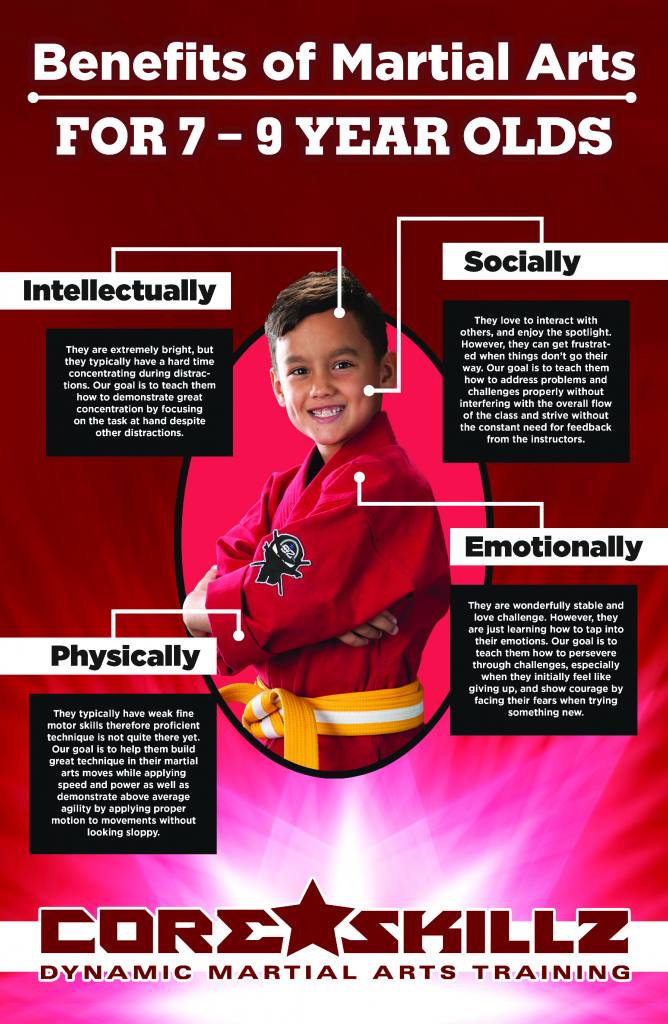Discover The Interesting World Of Martial Arts, Where Old-Time Customs Blend With Contemporary Effectiveness
Discover The Interesting World Of Martial Arts, Where Old-Time Customs Blend With Contemporary Effectiveness
Blog Article
https://self-defense-man-against09516.ambien-blog.com/37434375/martial-arts-for-children-an-involving-method-to-improve-fitness-and-coordination -Adkins Friedman
Enter the old world where martial arts were substantiated of necessity in diverse regions. https://www.cbr.com/warrior-creator-discusses-mark-dacascos-and-joe-taslims-special-martial-arts-ability/ crafted one-of-a-kind combating designs intertwined with historic contexts. Methods advanced over centuries through devoted technique and cultural exchanges. Today, modern martial arts blend traditional components for optimal effectiveness. Philosophically, martial arts emphasize discipline, self-improvement, and consistency. Regard, humility, and balance are fundamental concepts directing experts towards development and strength. Explore the midsts of this rich history and approach to uncover the extensive impacts shaping this long-lasting discipline.
Origins of Martial Arts
Martial arts came from different regions around the globe, evolving as sensible combat systems to resist dangers. These old fighting styles were developed out of necessity, with each society crafting methods matched to their one-of-a-kind environments and difficulties. From what's the best martial art to use on a kid grappling arts of Jujutsu in Japan to the striking strategies of Martial art in China, martial arts were deeply intertwined with the historic, social, and cultural textile of their corresponding cultures.
In Japan, the samurai course refined martial arts like Kenjutsu, the art of the sword, which later advanced right into the much more promoted kind of Kendo. At the same time, in Brazil, Capoeira became a blend of dance and battle, produced by enslaved Africans as a means to resist fascism. Each fighting style carries with it an abundant background and viewpoint, showing the values and ideas of individuals who practiced them.
As you look into the beginnings of martial arts, you uncover a tapestry of human ingenuity, resilience, and the unyielding spirit of warriors throughout time.
Development of Techniques
Through centuries of technique and refinement, battle strategies within numerous martial arts have actually gone through a profound advancement. From ancient designs like Martial art and Karate to a lot more modern self-controls such as Brazilian Jiu-Jitsu and Krav Maga, the development of methods has been driven by a mix of social impacts, practical applications, and technical improvements.
One significant element of this evolution is the cross-pollination of techniques between different martial arts. For instance, techniques from conventional Japanese Jiu-Jitsu were incorporated into the development of Judo by Jigoro Kano in the late 19th century. This blending of styles has actually resulted in the advancement of hybrid martial arts like Mixed Martial Arts (MIXED MARTIAL ARTS), which combine elements of striking, grappling, and submission methods.
Furthermore, the evolution of techniques has actually been shaped by the raising emphasis on performance and performance in combat. Specialists have actually constantly sought to refine their methods with extensive training, experimentation, and competition, causing the advancement of very specialized and efficient combating designs. Generally, the development of strategies in martial arts mirrors the dynamic nature of battle and the ongoing mission for improvement and technology.
Philosophical Foundations
Discovering the underlying philosophical concepts of martial arts provides understanding right into their core values and directing beliefs. At the heart of several martial arts self-controls is the idea of technique itself. By educating your mind and body to work as one cohesive device, you cultivate self-control that expands past the dojo or fitness center right into day-to-day life. This self-control encompasses respect, humility, and self-control, shaping not simply your physical capabilities however also your personality.
Another fundamental philosophical structure in martial arts is the concept of continual self-improvement. The trip of grasping a martial art is perpetual, with specialists frequently aiming to better themselves, both literally and emotionally. This concentrate on development promotes durability, willpower, and a development attitude that can be applied to all aspects of life.
In addition, martial arts stress the importance of consistency and balance. Techniques are made to use a challenger's energy versus them, highlighting the concept of generating and redirecting force as opposed to fulfilling it head-on. This viewpoint reaches social partnerships, promoting tranquil resolutions and mutual understanding. By welcoming these thoughtful structures, martial musicians not only improve their combat abilities yet likewise cultivate a way of living centered on personal development, regard, and consistency.
Final thought
To conclude, the background and ideology of martial arts use a rich tapestry of custom, technique, and self-improvement.
Take for example the tale of Bruce Lee, who transformed martial arts by mixing different designs and approaches to produce his very own special form of Jeet Kune Do.
With devotion and advancement, martial musicians continue to press boundaries and inspire others to reach their complete potential both in battle and in life.
